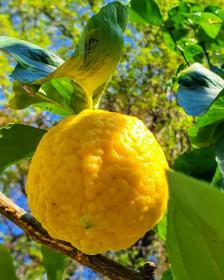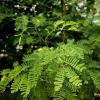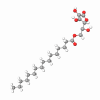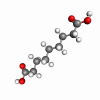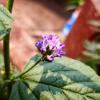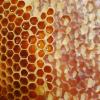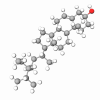Lemon trees are small, straggling trees about 11 feet high, irregularly branched, the bark varying in color from clear gray on the trunk, green on the younger branches to a purplish color on the twigs. The evergreen leaves are ovate-oval. The well-known fruit is an ovoid berry, about three inches long, nipple-shaped at the end, smooth, bright yellow, indented over the oil glands, and having an acid, pale yellow pulp.
Lemon peel oil has the following properties anti-anemic, antimicrobial, antirheumatic, anti-sclerotic, antiscorbutic, antiseptic, antispasmodic, antitoxic, astringent, bactericidal, carminative, cicatrizant, depurative, diaphoretic, diuretic, febrifuge, hemostatic, hypotensive, insecticide, rubefacient, stimulates white corpuscles, tonic, and vermifuge.
Historically it has been taken internally, the juice is considered invaluable for acidic disorders, such as arthritis and rheumatism, and of great benefit in dysentery and liver congestion.
The decoction has been found to be a good antiperiodic, useful as a substitute for quinine in malarial conditions, or for reducing the temperature in typhoid. Lemon peel oil blends well with lime, eucalyptus, grapefruit, lavender, geranium, fennel, orange, labdanum, oakmoss, benzoin, chamomile, lavender, eucalyptus, elemi, sandalwood, ylang ylang, and other citrus oils. It is non-toxic but can be phototoxic - do not use on skin exposed directly to sunlight.